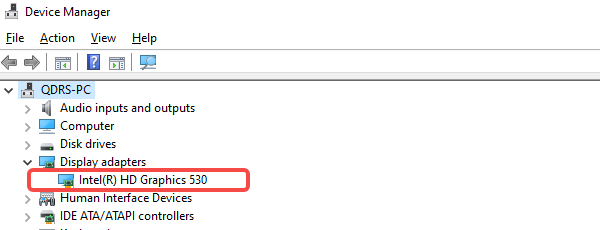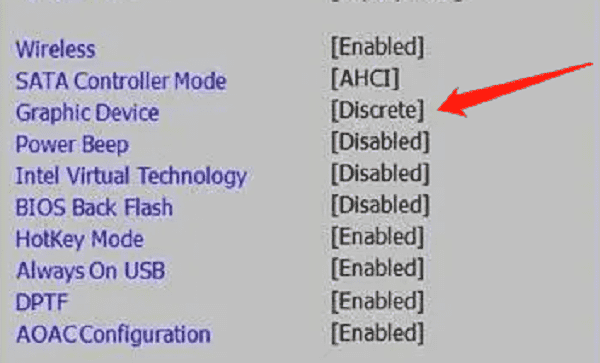
Determining if your computer is equipped with a discrete graphics card is a concern for many users, especially when playing games or working with graphics. This post will cover 5 ways to determine if your computer is equipped with a discrete graphics card.
1. Use Driver Sentry to View
Driver Sentry is a utility that integrates driver management and hardware detection. Through it, we can easily view the hardware configuration on the computer, especially the video card information, and also can directly update the driver.
Visit Driver Sentry official website to download the latest version of the software and follow the instructions to complete the installation process.
Open Driver Sentry and enter the Drivers interface to scan, at the end of the scanning process, it will show the model number of the graphics card and whether you need to update the driver, if so, click Repair Now.

Usually, the name of the discrete graphics card will contain brand names such as "NVIDIA" or "AMD Radeon", while the integrated graphics card will have brand names such as "Intel" or "HD Graphics".
Wait for the graphics driver update to complete and restart your computer to apply the changes.
2. Check via Device Manager
Device Manager is a tool built into the Windows system that can be used to view all the hardware devices on your computer and their status. Through the Device Manager, we can easily identify whether the computer has a discrete graphics card installed.
Press "Win + X" to open Device Manager.
In the Device Manager window, locate the "Display Adapters" item, click on the small arrow in front to expand the category, and observe the names of the display adapters listed.

3. Utilizing the DirectX Diagnostic Tool
DirectX Diagnostic Tool can not only display the DirectX version information, but also provide detailed data about the computer hardware, including information about the graphics card.
Press the "Win + R" key combination to open the Run dialog, type "dxdiag", and then press Enter to open the DirectX Diagnostic Tool.
In the pop-up window, switch to the "Display" tab and check the information under the "Name" column.
Also, under the "Device" column, if there is more than one entry, one of them may be an integrated graphics card and the other one is a discrete graphics card.

4. Viewing BIOS/UEFI Settings
BIOS/UEFI is the first software layer loaded when the computer boots up, which contains basic information about the hardware. Through the BIOS/UEFI settings, we can find out the basic hardware configuration of the computer.
Reboot your computer and press a specific key (usually F2, Delete or Esc) during the boot process to enter the BIOS/UEFI setup screen.
Look for the tab related to "Advanced" or "System Configuration". Look for settings related to the graphics card in the relevant tab, usually labeled "Onboard Graphics" and "Discrete Graphics".
If there is an option for discrete graphics in the BIOS/UEFI setup, then your computer is equipped with a discrete graphics card.

5. Observing the Computer's Appearance
For desktops, you can tell if you have a discrete graphics card by looking at the ports on the back panel of the computer case. Discrete graphics cards usually have their own video output ports, such as HDMI, DisplayPort, and so on.
Power off the computer and unplug all connecting cables. Remove the cover on the side of the computer case in order to view the internals and look for the graphics card slot, which is usually installed in a PCI-E slot on the motherboard.
Observe the exterior features of the graphics card, such as the heatsink and fan, which are signs of a discrete graphics card.
If you find the graphics card and it has a port such as HDMI or DisplayPort on it, it means that your computer is equipped with a discrete graphics card.
With the methods described above, I believe you have checked whether the computer is a discrete graphics card. Anyway, updating your graphics card driver regularly can keep your computer performing well.
See also:
5 Methods to Fix Windows Update Error 0x80070643
How to Fix Blue Screen After Windows 11 Update